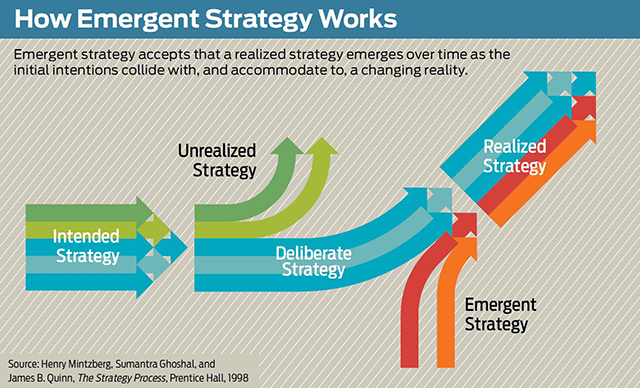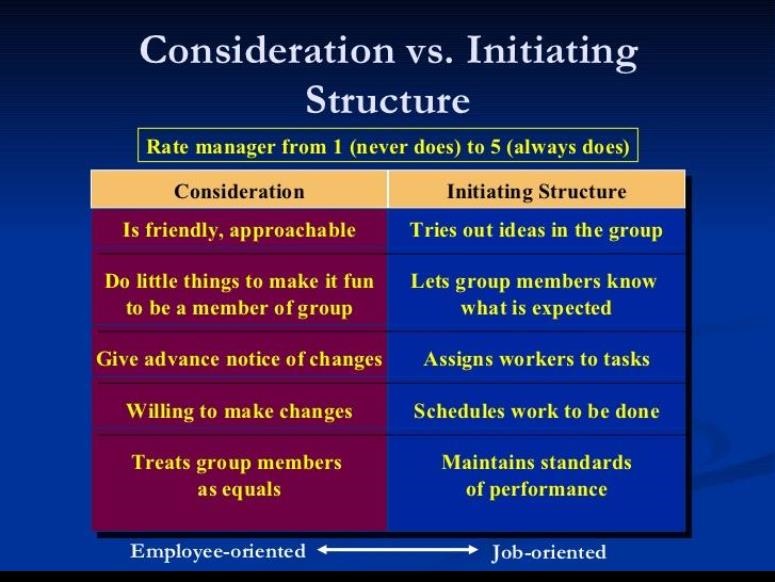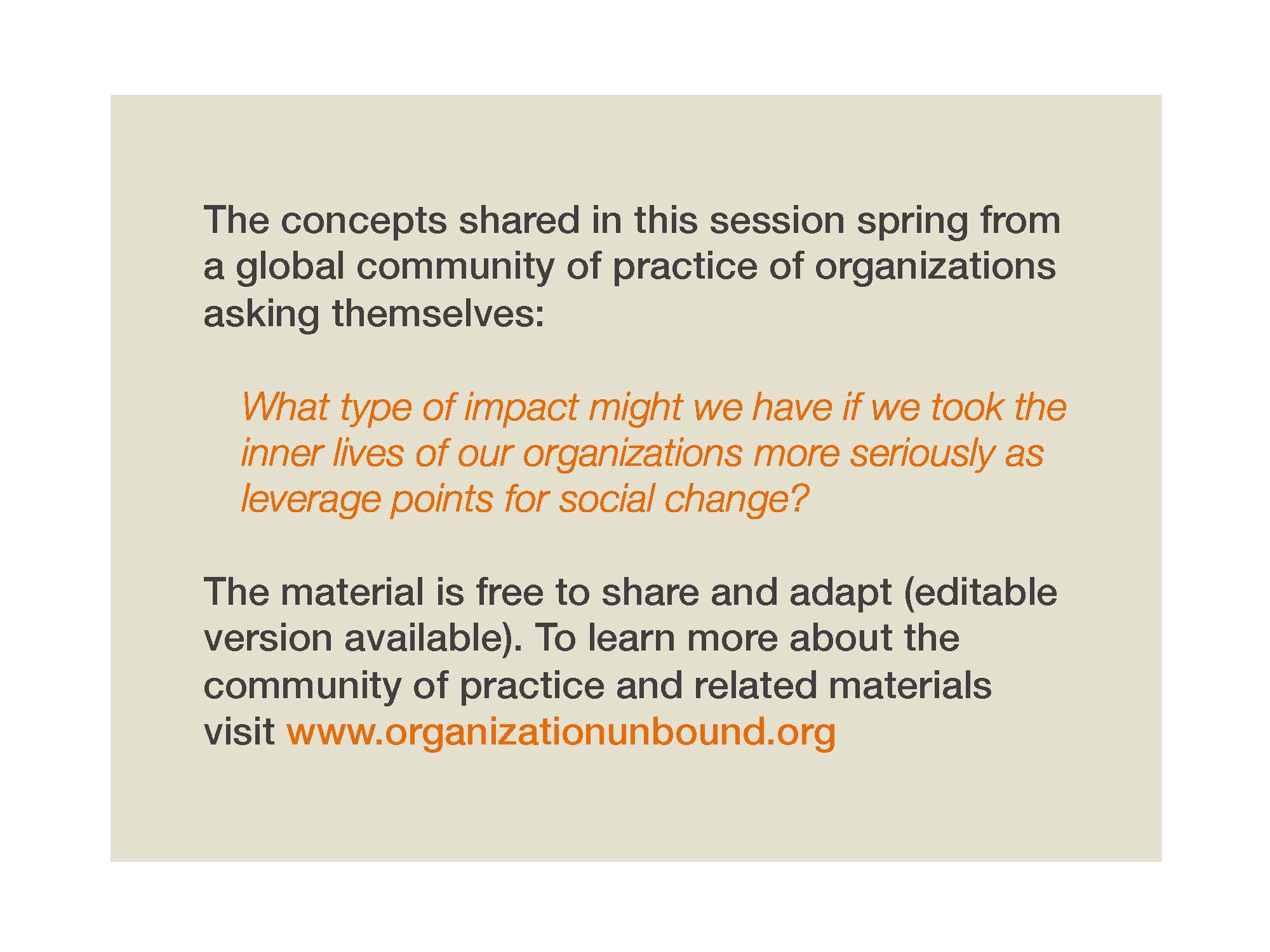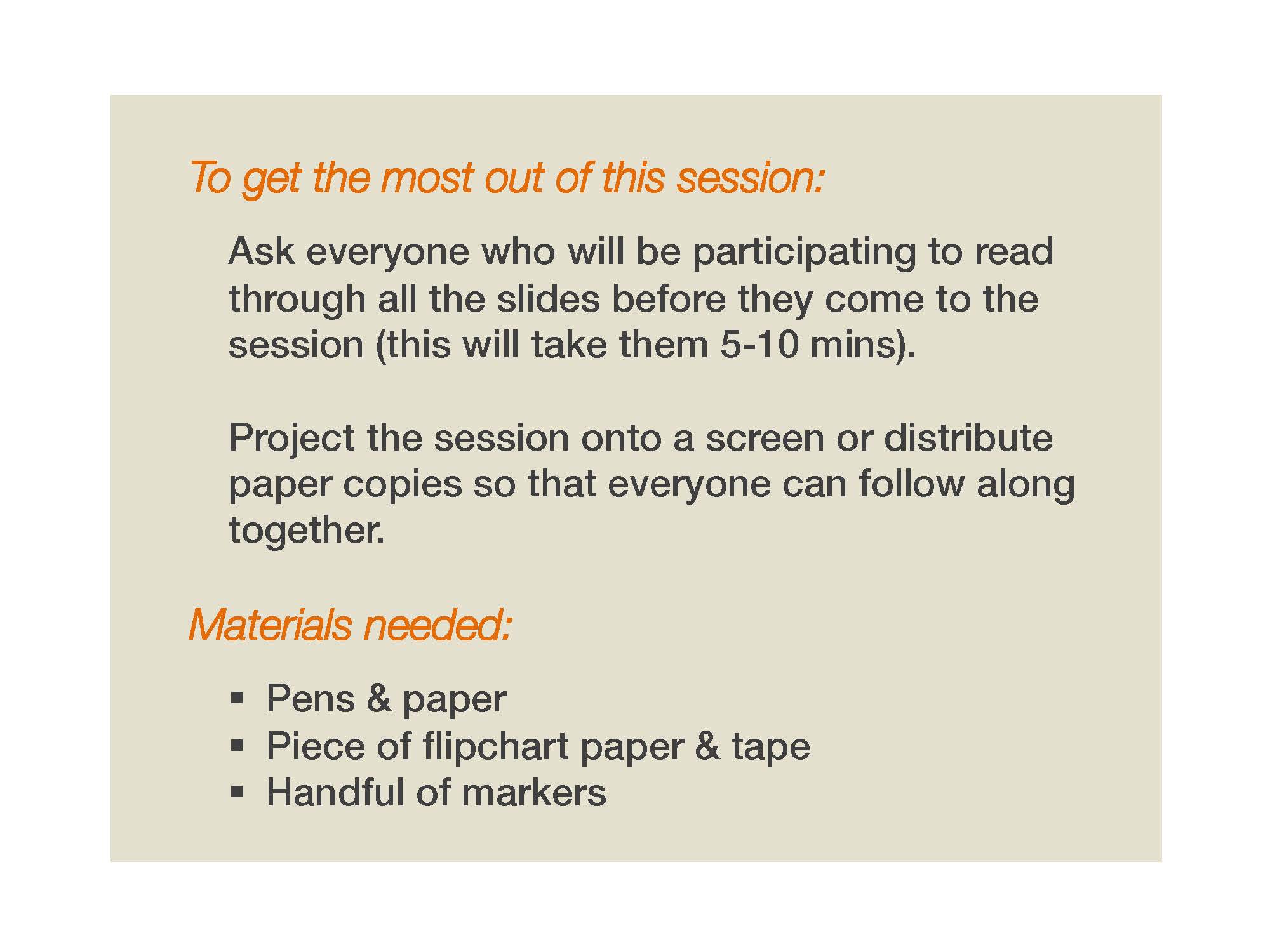Unit 1 Results-based Transformational Servant Leadership

Welcome to LDRS 503!
Overview
Peter Drucker said; ‘leadership is defined by results and not attributes.’ As we cover topics directly related to results based leadership, we will work toward understanding what results looks like with various aspects of transformational servant leadership. Various graded and ungraded activities, will direct your learning. These activities will include, participation with learning posts, personal value narratives of things you find important, topical discussions, reviewing of ideas and thoughts related to practical application of presented ideas and principles of results based leadership theory and practice.
We will also look at the role of faith (all faith) in results based transformational servant leadership and how faith forms an important component for seeing results as a process beyond the bottom line and as an investment into the core identity of the people expressing themselves through their personal/corporate values and its affect on leadership practice. To enhance this understanding, we will review the important aspect of ‘inscaping’ and its implications for becoming a living expression of the values espoused by organizational practice.
Topics
This unit is divided into the following topics:
- Storytelling in Leadership
- Results and Transformational leadership
- Faith and Values
- Inscaping
Learning Outcomes
When you have completed this unit, you should be able to:
- Explain the importance of storytelling in the investigation and reporting of results based leadership materials.
- Analyze your use of storytelling for describing performance enhancement issues.
- Demonstrate personal leadership effectiveness by working with teams to present cooperative result for evaluating organizational effectiveness.
- Define the elements of ‘Inscaping’ (analyzing how to live out their core purpose and values) based in Transformational Servant Leadership (TSL) practice and response.
Activity Checklist
Here is a checklist of learning activities you will benefit from in completing this unit. You may find it useful for planning your work.
Learning Activities
-
Read and Reflect: In this Learning Activity you
will be reading The Best Story Wins. This passage highlights
the importance of storytelling. Try to connect the concepts in Topic 1
to this reading.
-
Workplace Communication Assessment: In this
Learning Activity you will assess your own workplace in an effort to
identify strengths and areas for improvement. Be ready to share your
findings during the Learning Lab.
- Learning Lab Preparation: Inscaping: Your Unit 1 Learning Lab focuses on an Inscaping activity. Click on the “Learning Lab” tab to learn more. Be sure to complete this activity prior to the Learning Lab.
Assessment
- Create and Share:** This first assignment requires you to create a personal story video. Using ideas covered in Topic 1, you will tell your story. In addition to being assessed, videos will also be shared with the rest of the group during your Learning Lab.
Resources
Important: You need familiarity with core course texts. The course texts listed below are for your daily preparation. Pre-reading course texts, prior to the course start, then re-reading content for each day of assigned reading will deepen understanding of content and allow you to engage materials more completely.
All other text resources for daily reading are available online where you can retrieve them on the Unit page where the reading is required for completion to fulfill learning outcomes for the unit.
Here are the required resources you will need to complete this unit:
- Delahaye Paine, K. (2011). Measure What Matters: Online Tools for Understanding Customers, Social Media Engagement, and Key Relationships. - Read Forward, Preface, and Chapter 1.
- Eurich, T. (2013). Bankable leadership: Happy people, bottom- line results, and the power to deliver both. - Read Introduction
- Friedman, Mark (2005). Trying Hard Is Not Good Enough. How to Produce Measurable Improvements for Customers and Communities - Read Prologue and Introduction
- Ulrich, D., Smallwood, N., (2013). Leadership Sustainability: Seven Disciplines to Achieve the Changes Great Leaders Know They Must Make - Read Chapter 1: Do Not Walk Home
1.1 Storytelling in Leadership
We begin our LDRS 503 course by reflecting upon how you write. In this section, we are exploring how what you write and how you use story elements identifies what you value and find important. Your writing also interprets your value for others and why you think the way you do.
The more you write to impress the more you write to give people an impression. The more you write to help people understand where you are coming from and what you plan to communicate, and make it interesting; the better your writing becomes. You need to write with an admiration for the character, the topic, subject of interest, or focus. Relating to people’s success in the narrative, the information/ material reviewed provides focus for what it takes to become effective leaders.
Admiring others, admiring concepts, admiring practices and principles, allows us to look at the character contained in those elements and appreciate what they contain, while recognizing where people, concepts, practices and principles tried, succeeded and failed. Thomas Edison invented the light bulb, but is also credited with saying:
I have not failed. I’ve just found 10,000 ways that won’t work.
There are different things you need to include to maintain interest for the material you write. Some of those include:
- The impression you make with your writing
- The anatomy of an elevator pitch
- Six Story Stages
- Examples of how the principles apply to various environments in entertainment and business.
As you move through the telling of the story and make it interesting, you begin developing your brand voice. You continue to improve this expressions through every piece of experience, understanding of content, report, and assignment you create. Sharing and celebrating success, while not sweeping mistakes under that proverbial rug, also helps people learn more than success stories alone.
And though content is important, you need to address success and failure in the process. Telling people:
- What went wrong?
- What you learned.
- What you plan to change.
There is a simplicity and transparency about how things happen. Moving forward and telling the story of our journey, our understanding and discoveries in the process, how we relate to those things personally, communicates important and compelling information to the learning experiences we engage and to the people around us.
Learning Activity - Read and Reflect
In the Introductory Assignment (Create and Share), you will have the opportunity to create your own 3 minute Personal story video. Before we begin, however, take a moment to review the principles of story-telling by clicking on the following resources:
Note: Although we are only reading Chapters 1 & 5 for the purpose of this activity, the entire book can be found in the TWU Library
You will notice necessary principles for focusing on the important task of storytelling. Whether you write a poster or an assignment, you need to look at what you write from the perspective of moving from writing for interest, to writing to interest others. Instead of just writing to fulfill the requirements of an assignment, you write to inform and relate to the audience.
As you review Luhn’s, The Best Story Wins (2018), do not isolate your thinking to fictional topics or popular culture content. Apply it to your experience and understanding of content for reports and assignments. Your view of topical material you write overall. Application of the principles listed, will help increase writing effectiveness for creating interest in what you review and write to a wide range of audiences.
1.2 Results and Transformational Leadership
Results and transformational servant leadership (TSL) are not new. By its nature, it’s a complex system of progressive elements, illustrated by the TSL pyramid. Results show successful leadership is not a function of personality, it’s related to the presence of two behaviors.
Effective leaders are people who show consideration and initiate structure. ~ Drucker
Leaders demonstrate consideration through friendly and approachable behaviours. They do little things, to make it fun being a group member, giving advice, advancing change, and making changes and treating group members equally.
Initiating structure is a job oriented practice.
Leaders try out ideas in the group, then let group members know what is expected. They assign workers to tasks, schedule work and maintain standards of performance.
It is critical to note, however, that results and TSL are, by its nature, very complex as represented by in Eurich’s treatment of the four basic tensions (Eurich, pp. 13-20; 93-98; 159-162; 209-213).
Eurich notes the tension between people versus results, and being human and driving performance as very opposite directions. Being human to drive performance works toward balancing a care for understanding team members as people with a need to drive individual performance related to understanding the person, not just getting the job done.
The second point she makes is being helpful and driving a responsibility balance. Balance relates to helping team members succeed and assuring they feel responsible for producing results without abdicating responsibility and making excuses. To help employees and other members of the organization succeed is central, but also ensuring they feel responsible for producing what’s necessary in responding the necessary drive to perform. Whenever we look at measurement and the related tensions, it must involve people, but also must involve results.
In her third point, Eurich focuses on being thankful and driving improvement. We need to balance the appreciation for team member contributions and thankfulness for what they contribute. By making the drive for continuous improvement a mindset that things can be better, we no longer settle for a repeat of past performance. We look constantly toward improvement. The way we did it last time was good, but the way we could do it this time is much better.
In Eurich’s final point, we see the tension of being happy and driving productivity. This occurs through balancing enjoyment without being overwhelmed by work, and ensuring each team member contributes at the maximum level. Results and team happiness need to be closely tied together to repeat results and improve on them. Together with the other tensions, this creates a dynamic and challenging environment where balance and tension are simultaneously experienced for the good of the team and the organization.
None of these tensions talk about mediocrity. Each tension focuses on creating opportunity for everyone to operate at their best level, not just settling, putting in their time, but personally engaging and being productive. If we look closely at how this works, it is by its very nature complex. It represents a different approach to strategy, emergence and results by looking at how emergent strategy works. We see there’s an intended strategy developed and a deliberate strategy implemented, then as we move through the various nuances real life or emergent strategies arise in the process.
Emergent strategies tend to develop, but represent a particular impact on the realized strategy. As you look at the Mintzberg Diagram (below), you will see how important it is to understand connecting the things you do with the things you want, and how they affect things you don’t realize and emerge in the process.

Strategy however, is not a template. It is not static. It is emergent. It becomes, versus is. When we’re working in strategy, change occurs through process. It won’t go exactly as planned.
An emergent process, maintains community uplift. The imperative for collective impact by TSL as an uplifting leader is important to consider and keep in mind. Understanding increased value, new value, social value, and motivational value created in uplifting environments are important for considering the strategy development process and responding to emerging strategies effectively.
When we focus on uplift, we add spiritual and emotional value by identifying people and understanding who they are. We add financially, socially and communally by adding to the work environment, providing opportunities for financial grow and being more secure. We reward performance, allowing everyone to complete and respond to the tasks ahead; static or emergent. Together, uplift can build and grow people to respond to the representative uplift in the organization.
Learning Activity: Workplace Communication Assessment
Critical to refining your skill as a leader is developing a sense of awareness of the strengths and deficiency’s in the environment around us. In this activity, you are going to assess behaviours in your own workplace by taking the poll (below) related to “consideration” and “initiating structure.”
Before downloading the poll, the image below introduces the qualities aligned with “employee oriented” management styles versus qualities that characterize “job oriented” management styles. Take a look:

Now that we are introduced to the structure of this activity, you can download your own poll below - score each statement in each category (Consideration/Initiating Structure) by using the following structure (1 being never to 5 being always), or as best describes the practice between extremes:
This provides a snapshot of what your organization looks like as it relates to consideration and initiating change. You can also make up your own graph to determine what type of structure you have in your work environment.
This exercise is useful as it provides an opportuinty to review behaviours within your organization - once you have identified these qualities, you can begin developing dialogue to change/improve the Consideration or Initiating Structure environment in your organization to balance work environment approaches so they are not extreme representations of one or the other.
Questions to Consider
Based on the assessment of your manager’s workplace behaviours:
-
Are your manager’s workplace behaviours employee or job
oriented?
-
Are the assessment results for your manager what you expected?
-
What changes are necessary to improve your manager’s workplace
behaviours?
- What additional skills are required to make positive changes to your manager’s workplace behaviours?
Be prepared to share your results, and insights, during the Learning Lab.
1.3 Faith and Values
In our final section for Unit 1, we take a look at the role faith and values play in leaders. We begin our exploration by taking a look at the TSL pyramid:

We see the most stable part of the pyramid begins at the bottom. The bottom demonstrates a faith-bases core driving the foundation for everything built in a transformational servant leadership context. Without a faith base, the rest of the pyramid becomes theoretical. A faith base provides a foundation, allowing TSL values and ethics, to develop principles and practices within the process and leads to other considerations. Considerations which lead to demonstrating compatibility between vision, goals and strategy and how accountability and transparency empower and align stakeholder interest, measurement, resources and results.
The flow from faith-based core drivers starts with a faith in believing in and accomplishing something. Values and ethics rise out of compatibility with vision, goals and strategy framed by the values, ethics accountability and transparency helping ensure we’re on the right track. Empowered organizations align with stakeholders, so they understand where they’re going. When we measure where we are, where we’ve come from and where we are going, while working towards the goals we’ve set, we end up with the results we want. When we see the importance of the TSL pyramid and what the service improvement flow chart represents, we see how important spiritual uplift is and how we understand the part it plays in developing our values.
Whenever we say we have values, we must ask ourselves: Do our values reflect our spiritual core? When we answer that, we need to develop clear values and/or ensure those values provide organizational balance consistent with individual goals and focus. One example of these values in action is the Zappos shoe company.
If we look at the Zappos family 10 core values, we see core values the organization protects and practices as an identifying focus for organizational culture. The core values Zappos lives by is central to the practices keeping them strong. They include:
- Deliver wow through service.
- Embrace and drive change.
- Create fun and a little weirdness.
- Be adventurous.
- Be creative and open minded.
- Pursue growth and learning.
- Build open and honest relationships with communication.
- Build a positive team and family spirit.
- Do more with less.
- Be passionate determined be humble.
When it comes to the TSL pyramid, the consumer value proposition is the reverse of the TSL pyramid, with results central to the consumer focus, and faith being a smaller consideration for the consumer. They want results. Followed by the impact on results, then how people are accountable to it and how that plays out in local priorities and what the worldview tells people, followed by values and ethics, then how faithful the organization is to its purposes and values. Faith is not a foundational point. They see faith as a reason for the rest, but not foundational.
Learning Lab: Inscaping
The Learning Lab for Unit 1 will also cover Topic 4 - Inscaping. With the support from your Facilitator, this Learning Activity will help you deepen your understanding of what “inscaping” means. The exercises below provide insight, reflection opportunities, and action steps to help you understand and practice “inscaping” on a practical level.
Working in groups, you will work through each exercise below. Each exercise is set up to be self-guided so all you have to do is follow the instructions provided on the slides. Your Facilitator is here to help with the organization but you and your group mates are, ultimately, responsible for working together to better understand this process. Begin with Exercise #1.
For an overview, check out the Organization Unbound site.
Start of Text heavy Slideshows
Exercise #1
First 3 slides are below as samples


Exercise #2
First 3 slides are below as samples


Exercise #3
First 3 slides are below as samples


Exercise #4
First 3 slides are below as samples


End of Text heavy Slideshows
Assessment
Assessment for Unit 1 will involve creating a video to introduce yourself to the rest of the class. These videos should incorporate ideas from the content we explored as part of Unit 1.
Introductory Assignment - Create and Share
For this assignment, each student will focus on developing an self-introduction that utilizes the elements of storytelling we explored in this unit. You are going to apply the principles we just learned (using the content from this lesson and our reading from the Learning Activity) to create a personal story video. Use the storytelling elements we just studied to create a 3 minute video.
In addition, your video should also include the following:
-
An Introduction (who you
are).
-
Tell about how you see your future?
- Share how topics covered in this Unit are relevant to your story.
Again, the focus for this Learning Activity is to practice using relevant concepts every time you tell your story!
To submit this video, select the “Unit 1 - Introductions” dropbox below.
Note: Each student will also be sharing their video with the rest of the group during the Learning Lab for Unit 1.
Individual Assignment #1: Preparation
In Unit 3, you will be required to submit your first Individual Assignment. This assignment will require you to submit a response that is based on two videos. Given how long each video is, it is strongly recommended that you begin watching both now.
Click on each link below to watch the videos:
It may also be helpful to skip ahead and look at the assignment. It can be found by clicking on the “Assessment” tab in Unit 3.
Checking for Learning
Before moving on to the next unit, be sure you are able to:
-
Explain the importance of storytelling in the investigation and
reporting of results based leadership materials.
-
Analyze your use of storytelling for describing performance
enhancement issues.
-
Demonstrate personal leadership effectiveness by working with teams
to present cooperative result for evaluating organizational
effectiveness.
- Define the elements of ‘Inscaping’ (analyzing how to live out their core purpose and values) based in Transformational Servant Leadership (TSL) practice and response.
Resources
On this page, you will find resources that help further your understanding of the content explored in this unit. This resources have been provided to support, and enrich, your learning. While they are not all “required” reading/viewing, it is strongly recommended that you take some time look over them - if there is a topic that you are struggling to understand, consider spending more time looking through the resources on this page.